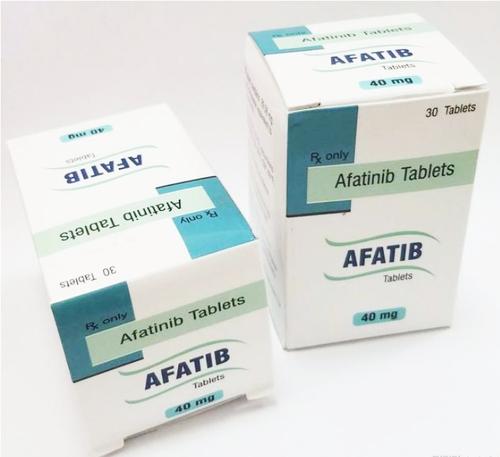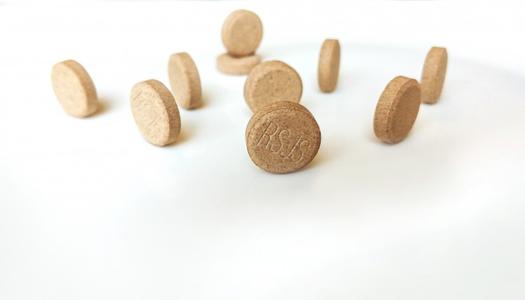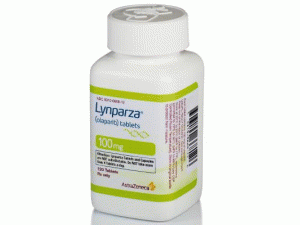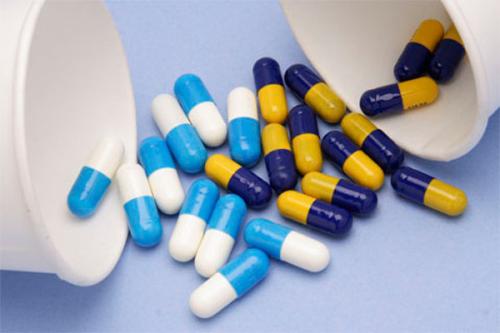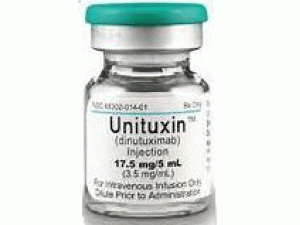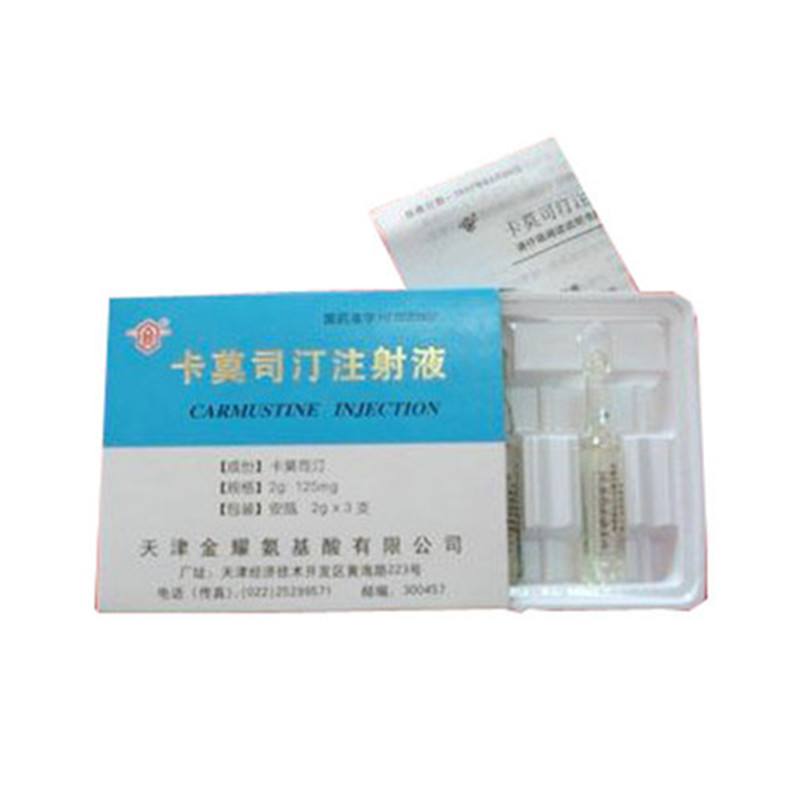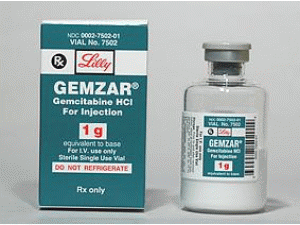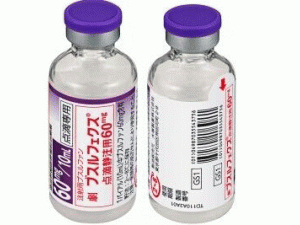卡莫司汀注射剂BICNU for injection
 药店国别:
产地国家:美国
处方药:是
所属类别: 100毫克/瓶
包装规格: 100毫克/瓶
计价单位:瓶
生产厂家中文参考译名:
生产厂家英文名:Heritage
原产地英文商品名:BICNU for injection 100MG/vial
原产地英文药品名:carmustine
中文参考商品译名:BICNU注射剂 100毫克/瓶
中文参考药品译名:卡莫司汀
药店国别:
产地国家:美国
处方药:是
所属类别: 100毫克/瓶
包装规格: 100毫克/瓶
计价单位:瓶
生产厂家中文参考译名:
生产厂家英文名:Heritage
原产地英文商品名:BICNU for injection 100MG/vial
原产地英文药品名:carmustine
中文参考商品译名:BICNU注射剂 100毫克/瓶
中文参考药品译名:卡莫司汀
简介
部分中文卡莫司汀处方资料(仅次供参考) 中文药名:卡莫司汀注射剂 英文药名:BICNU (CARMUSTINE (BCNU)) 100MG 药品类别:限由医师使用 BiCNU(卡莫司汀 carmustine)用于注射,用于静脉注射 最初的美国批准:1977年 警告: •抑制骨髓功能,特别是血小板减少症和白细胞减少症,是BiCNU最常见和最严重的毒性作用。监测血细胞计数。 •来自BiCNU的肺毒性似乎与剂量有关。接受超过1400mg/m2累积剂量的患者的风险显着高于接受较少剂量的患者。 作用机制 卡莫司汀的作用机制尚不完全清楚。 虽然卡莫司汀烷基化DNA和RNA,但它与其他烷化剂不具有交叉抗性。 与其他亚硝基脲一样,它也可能通过蛋白质中氨基酸的氨基甲酰化来抑制几个关键的酶促过程。 代谢物可能有助于抗肿瘤活性和卡莫司汀的毒性。 适应症和用法 BiCNU是一种亚硝基脲,表示作为单一药物的姑息治疗,或与其他批准的化疗药物建立联合治疗,具体如下: 脑肿瘤胶质母细胞瘤,脑干胶质瘤,成神经管细胞瘤,星形细胞瘤,室管膜瘤和转移性脑肿瘤。 多发性骨髓瘤与泼尼松联合使用。 复发或难治性霍奇金淋巴瘤与其他批准的药物联合使用。 复发或难治性非霍奇金淋巴瘤与其他批准的药物联合使用。 剂量和给药 推荐剂量:作为单一药剂,每6周静脉注射150至200mg/m2BiCNU作为单剂量或连续2天分为每日注射75至100mg/m2。调整联合治疗剂量或骨髓储备减少的患者。 仅在至少2小时内缓慢静脉输注给予重构溶液。 剂量形式和强度 用于注射:100mg卡莫司汀冻干粉末在单剂量小瓶中用于重建,小瓶含有3mL无菌稀释剂(脱水酒精注射液,USP) 禁忌症 过敏者禁用。 警告和注意事项 管理反应:可能发生外渗;在给药期间密切监测输注部位。 致癌性:可能对人类致癌。定期监测患者的这些症状,并告知患者他们需要寻求医疗帮助的症状。 眼部毒性:通过未经批准的动脉内颈动脉内给药途径发生。 胚胎 - 胎儿毒性:可导致胎儿伤害。告知女性生殖潜力可能对胎儿造成潜在风险并避免怀孕。 不良反应 最常见的不良反应(> 1%)是恶心,呕吐,肾毒性,肺炎,肺毒性,骨髓抑制。 药物相互作用 西咪替丁:伴随使用增加骨髓抑制。 苯巴比妥:诱导卡莫司汀代谢,减少接触。可能导致疗效降低。 苯妥英:BiCNU可降低苯妥英的功效。 用于特定人群 哺乳期:建议哺乳期妇女不要母乳喂养。 如何提供/存储和处理 如何提供 BiCNU®(注射用卡莫司汀)。每个包装包括含有100mg卡莫司汀的小瓶和含有3mL无菌稀释剂的小瓶。 存储和处理 将产品和稀释剂储存在冰箱中(2°-8°C,36°-46°F)。 稳定性 将未开封的干燥药物小瓶存放在冰箱中(2°-8°C,36°-46°F)。将稀释剂小瓶存放在冰箱中(2°-8°C,36°-46°F)。未开封的BiCNU样品瓶的推荐储存可提供长达3年的稳定产品。 兼容性/与容器不兼容 静脉内溶液在聚氯乙烯容器中不稳定。不要使用PVC容器。 仅从玻璃瓶或聚丙烯容器中管理BiCNU溶液。确保使用的聚丙烯容器不含PVC且不含DEHP。 重要的提示 BiCNU具有低熔点(30.5°-32.0°C或86.9°-89.6°F)。将药物暴露于该温度或更高温度将导致药物液化并在小瓶上显示为油膜。这是分解的标志,应丢弃小瓶。如果在收到本产品时存在充分冷藏的问题,请立即检查每个纸箱中的样品瓶。将小瓶保持在明亮的光线下进行检查。 BiCNU将显示为极少量的干燥片状物或干燥凝结物质。如果这很明显,BiCNU适合使用,应立即冷藏。英文版说明书
BiCNU®Class: ChemotherapyGeneric Name: Carmustine (kar-MUS-teen), BCNUTrade Name: BiCNU®For which conditions is this drug approved? Carmustine is FDA approved for the treatment of the following conditions: several types of brain tumors (including glioblastoma, brainstem glioma, medulloblastoma, astrocytoma, ependymoma and metastatic brain tumors); multiple myeloma in combination with prednisone; recurrent Hodgkin’s lymphoma in combination with other agents; recurrent non-Hodgkin’s lymphoma in combination with other agents. It is important for patients to remember that physicians have the ability to prescribe medication for conditions other than those for which the drug has been approved by the FDA. Patients who have received a prescription of this drug for a condition other than which it is approved may wish to discuss this issue with their physician.What is the mechanism of action? Carmustine belongs to a group of drugs referred to as nitrosoureas. Carmustine produces its anti-cancer effects by causing chemical reactions that result in damage to both DNA and amino acids in a cell. The DNA and amino acid damage caused by carmustine ultimately result in cell death.How is carmustine typically given (administered)? Carmustine is given intravenously (into a vein), and the dose depends on several factors, including the condition being treated, the size of the patient, the particular regimen being used and the overall health of the patient. Carmustine is also produce in a wafer form that can be directly implanted into the brain (see Gliadel® wafer). Carmustine is unique from several chemotherapy agents in that it is able to pass through the blood-brain barrier (a protective barrier surrounding the brain and spinal cord).How are patients typically monitored? Patients will usually have scheduled meetings with their healthcare provider while they are being treated with carmustine. Typically, blood will be drawn to check levels of blood cells and to monitor functions of some organ systems such as the liver and kidneys. Patients may also undergo physical examinations, scans or other measures to assess side effects and response to therapy. Although uncommon, treatment with carmustine may cause serious damage to the lungs. Therefore, pulmonary function tests may also be performed prior to treatment and during treatment with carmustine. Blood pressure is typically monitored during administration.What are the common (occur in 30% or more of patients) side effects of treatment with carmustine?• Low white blood cell levels – increases risk of infection• Low platelet levels – increases risk of bleeding• Nausea and vomiting• Pain or burning at administration site, usually associated with rapid infusion rate• Redness of face, skin flushing, usually associated with rapid infusion rateWhat are the less common (occur in 10% to 29% of patients) side effects of treatment with carmustine?• Abnormalities in liver function levels as determined by blood tests; hepatic disease with high dose therapy• Low red blood cell levels – increases risk of anemia and transfusions• Dizziness• Loss of balance or coordination• Abnormalities of the eye (redness, visual changes)• Reduced blood pressureThis is not a complete list of side effects. Some patients may experience other side effects that are not listed here. Patients may wish to discuss with their physician the other less common side effects of this drug, some of which may be serious.Some side effects may require medical attention. Other side effects do not require medical attention and may go away during treatment. Patients should check with their physician about any side effects that continue or are bothersome.What are the possible late side effects of treatment with carmustine? With the use of this drug, there is risk of developing side effects months or years after treatment has been completed. In some instances a secondary malignancy may occur as a result of receiving carmustine. A secondary malignancy is a new cancer that is unrelated to the cancer that was initially treated. Secondary malignancies occur as a result of previous treatment with radiation or chemotherapy. Sterility may also occur as a result of treatment with carmustine. In addition, damage to the lungs can occur years following treatment. Patients should discuss these late side effects with their physician.What can patients do to help alleviate or prevent discomfort and side effects?• Pay careful attention to the physician’s instructions and inform the physician of any side effects.• Maintain adequate rest and nutrition.• Wear sunscreen and protective clothing and try to minimize sun exposure.• Drink plenty of fluids. (Patients should ask their physician about the amount of liquid to consume during a day.)• If possible, avoid large crowds or people who are sick or not feeling well, as this drug may leave some patients susceptible to infection.• Wash hands often to reduce the risk of infection.• Avoid activities that may cause injury or bruising.• Use a soft toothbrush and an electric razor to prevent cuts on the mouth or skin.• Eat small meals frequently to help alleviate nausea.Are there any special precautions patients should be aware of before starting treatment?• Patients should inform their physician if they are pregnant, breastfeeding or planning a family in the near future. This drug may cause birth defects. It is important to use some kind of birth control while undergoing treatment. Also, patients may want to talk to their physician if they are considering having children in the future, since some drugs may cause fertility problems.• It is important that patients inform their physician of any pre-existing conditions (chicken pox, heart disease, kidney disease, liver disease, lung disease, etc.) as they may worsen with this drug.• Patients should inform their physician of any other medication they are taking (whether prescription or over-the-counter, including vitamins, herbs, etc.) as they may interfere with treatment.• Patients should check with their physician before starting any new drug or nutritional supplement.• Patients should inform their physician of any known drug or food allergies or any reactions to medications they have experienced in the past.• Since this drug can cause dizziness or loss of coordination, patients should refrain from driving or operating heavy machinery until their response to therapy with carmustine has been established.When should patients notify their physician?• Fever• Chills• Flu or cold-like symptoms• Signs of infection – redness, pus, swelling, tenderness• Sore throat• Severe, prolonged fatigue• Unexplained bleeding (nosebleeds, blood in urine, black tarry stools, bruising, etc.)• Visual changes• Hearing changes• Dizziness, loss of balance• Yellowing of skin or eyes• Change in color or urine or stool• Swelling of ankles, feet or face• Persistent nausea and vomiting• Difficulty breathingWhat is a package insert?A package insert is required by the FDA and contains a summary of the essential scientific information needed for the safe and effective use of the drug for healthcare providers and consumers. A package insert typically includes information regarding specific indications, administration schedules, dosing, side effects, contraindications, results from some clinical trials, chemical structure, pharmacokinetics and metabolism of the specific drug. By carefully reviewing the package insert, you will get the most complete and current information about how to safely use this drug. If you do not have the package insert for the drug you are using, your pharmacist or physician may be able to provide you with a copy.Copyright © 2010 CancerConnect Last updated 07/10.Important Limitations of UseThe information provided above on the drug you have selected is provided for your information only and is not a substitute for consultation with an appropriate medical doctor. We are providing this information solely as a courtesy and, as such, it is in no way a recommendation as to the safety, efficacy or appropriateness of any particular drug, regimen, dosing schedule for any particular cancer, condition or patient nor is it in any way to be considered medical advice. Patients should discuss the appropriateness of a particular drug or chemotherapy regimen with their physician.As with any printed reference, the use of particular drugs, regimens and drug dosages may become out-of-date over time, since new information may have been published and become generally accepted after the latest update to this printed information. Please keep in mind that health care professionals are fully responsible for practicing within current standards, avoiding use of outdated regimens, employing good clinical judgment in selecting drugs and/or regimens, in calculating doses for individual patients, and verifying all dosage calculations.DISCLAIMER OF WARRANTIESCANCERCONSULTANTS.COM SPECIFICALLY DISCLAIMS AND EXCLUDES ALL EXPRESSED OR IMPLIED WARRANTIES, INCLUDING ANY IMPLIED WARRANTIES AS TO QUALITY, ACCURACY (INCLUDING TYPOGRAPHICAL ERRORS), MERCHANTABILITY, OR FITNESS FOR ANY PARTICULAR PURPOSE OF THE INFORMATION CONTAINED HEREIN. CANCERCONSULTANTS.COM DISCLAIMS ALL LIABILITY OR DAMAGES ARISING FROM ANY USE OF THE INFORMATION.The prescribing physician is solely responsible for making all decisions relating to appropriate patient care including, but not limited to, drugs, regimens, dose, schedule, and any用药温馨提示:当您服用此药物时,需定期接受医疗专业人士的检查,以便随时针对其药效、副作用等情况进行监测。本网站所包含的信息旨在为患者提供帮助,不能代替医学建议和治疗。
药品价格查询,专业药品查询网站,药品说明书查询,药品比价 » 卡莫司汀注射剂BICNU for injection
药品价格查询,专业药品查询网站,药品说明书查询,药品比价 » 卡莫司汀注射剂BICNU for injection

